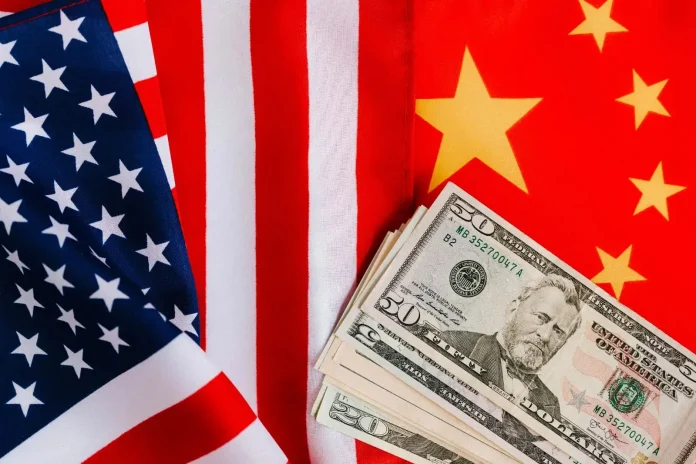Introduction of International Monetary Fund (IMF)
The International Monetary Fund (IMF) was established in 1944 at the Breton Wood Conference. Its goal is very simple is to foster global monetary corporation, and secure financial stability, facilitate international trade, promote high employment and the most important about sustainable economic growth and reduce poverty around the world.
Location
Its headquarter is in Washington, DC, United States. IMF is running its operations in 190 member countries
Providing Loans to Countries
Its primary goal is to provide financial assistance to 190 member countries but within their conditions. It provide loans to countries facing balance of payment problems. It helps them to stabilise their economies and restore growth. However, these loans provided by IMF come with conditions aimed at addressing the root causes of economic instability and promoting sustainable development.
Why does IMF provide Loans?
The following are the reasons for which IMF provides loans to countries
- Crisis Management: Whenever crisis arises such as currency crises, debt crises or financial crisis. The IMF comes in to provide emergency financing. This stabilise the affected economy.
- Structural Reforms: The more important is that loans are provided on tied policy reforms that aimed at improving economic fundamentals such as fiscal discipline, monetary policy, and structural adjustments to enhance competitiveness and promote growth.
- Global Stability: When IMF assists countries in their financial distress this aims to prevent the spread of economic instability. This further mitigate the risk of contagion to other countries
What are Loan Repayment Terms?
The repayment terms for IMF loans vary. It depends on the type of assistance provided and the economic circumstances of the borrowing countries. However, generally speaking countries need to repay their IMF loans within the time period of 3 to 5 years. Moreover, If any country wants to have any longer repayment then they have to come under negotiation in certain cases.
What are financial Gains to IMF
When IMF provides loans to countries. They simply earn in the form of interest payments and charges on these loans. They use their this income to cover operational expenses. This contributes to the organisation’s financial resources.
What happens when Countries Defaults
Those countries that fail to meet their obligations they have face various consequences few of them are mentioned below
- Loss of Access: IMF Financing Those countries who default they may lose access to further financial assistance from the IMF. This makes the defaulting country more challenging to address their future economic crises. This further aggravate the situation of any particular country.
- Damage to Creditworthiness: When any country defaults on International Monetary Fund loans. This can damage a particular country’s creditworthiness and reputation in international financial markets, this makes harder and more expensive to borrow in the future.
- Negative Economic Impact: Defaulting on IMF loans can further exacerbate economic instability. This leads to currency depreciation, the more important, capital flight, inflation, and the last but not least it reduces investor confidence.
What we can Conclude from the International Monetary Fund (IMF)
The International Monetary Fund plays an important role in promoting globally financial stability and economic development by helping to any particular country who needs loan in providing financial assistance to their country in their need. However, the IMF loans come with conditions and repayment obligations. Failing to repay the loan can have a serious consequence for borrowing countries. This could impact to their economy a lot as mentioned above.
